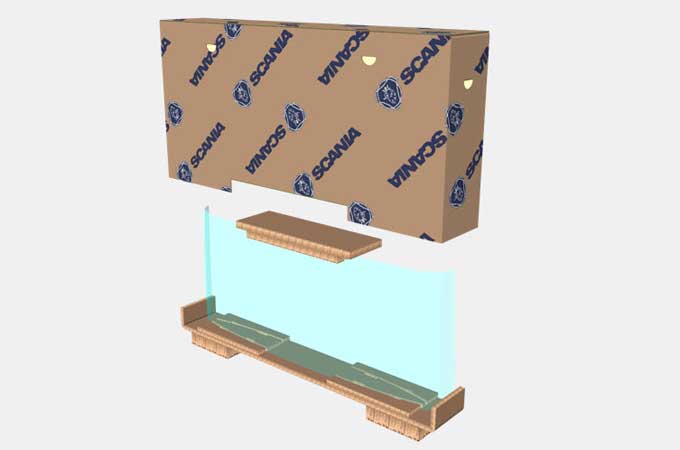- Produtos e Serviços
Soluções completas para papel, da embalagem à reciclagem
Descubra todos os produtos e serviços- Embalagem
- Embalagem Bag-in-Box
- Displays
- Maquinário de embalagem
- Caixas de papelão
- Papel e papelão
- Reciclagem
- Nossas Histórias
Veja como nos esforçamos para criar um mundo melhor para todos nós.
Nossas Histórias- História de Pessoas
- Histórias de um Planeta mais Sustentável
- Histórias da Comunidade
- Histórias de Clientes
- Todas as histórias
- Setores
Nossa expertise nos setores de mercado, seu sucesso empresarial
Explore todos os setores - Inovação
- Sobre Nós
Somos uma líder mundial no segmento de soluções de embalagens baseadas em papel
Visite a sessão Sobre Nós - Sustentabilidade
Embalagens sustentáveis entregues por pessoas e processos
Visite a seção de sustentabilidade- Relatório de Sustentabilidade
- Abordagem para Sustentabilidade
- Planeta
- Pessoas & Comunidades
- Negócios Impactantes
- Embalagens para um Planeta Melhor
- Certificados FSC®
- Pessoas
Descubra o seu verdadeiro potencial e progrida na sua carreira
Visite nossa seção de pessoas- Carreiras
- Graduados
- Desenvolvimento de talento
- Conheça nosso pessoal
- Envolvimento dos funcionários
- Segurança
- Inclusão e Diversidade
Como podemos te ajudar hoje?
- Produtos e Serviços
Soluções completas para papel, da embalagem à reciclagem
Descubra todos os produtos e serviços- Embalagem
- Embalagem Bag-in-Box
- Displays
- Maquinário de embalagem
- Caixas de papelão
- Papel e papelão
- Reciclagem
- Nossas Histórias
Veja como nos esforçamos para criar um mundo melhor para todos nós.
Nossas Histórias- História de Pessoas
- Histórias de um Planeta mais Sustentável
- Histórias da Comunidade
- Histórias de Clientes
- Todas as histórias
- Setores
Nossa expertise nos setores de mercado, seu sucesso empresarial
Explore todos os setores - Inovação
- Sobre Nós
Somos uma líder mundial no segmento de soluções de embalagens baseadas em papel
Visite a sessão Sobre Nós - Sustentabilidade
Embalagens sustentáveis entregues por pessoas e processos
Visite a seção de sustentabilidade- Relatório de Sustentabilidade
- Abordagem para Sustentabilidade
- Planeta
- Pessoas & Comunidades
- Negócios Impactantes
- Embalagens para um Planeta Melhor
- Certificados FSC®
- Pessoas
Descubra o seu verdadeiro potencial e progrida na sua carreira
Visite nossa seção de pessoas- Carreiras
- Graduados
- Desenvolvimento de talento
- Conheça nosso pessoal
- Envolvimento dos funcionários
- Segurança
- Inclusão e Diversidade




















